Nakayama is in between Narita And Haneda International Airport
<クッキーについての同意並び欧州居住者向けプライバシーポリシー>
中山・下総・散歩道
Oohi Jinja | Funabashi Daijingu as the first shrine in Kanto
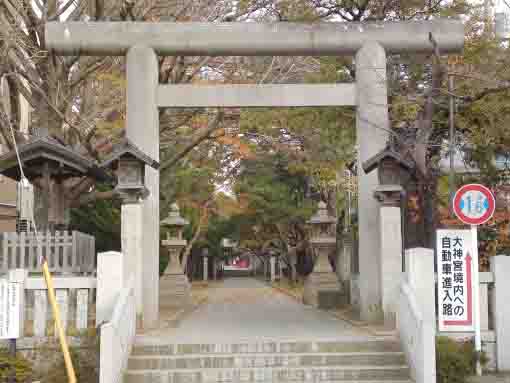
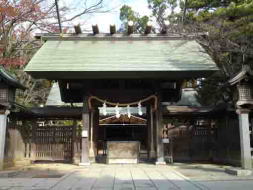

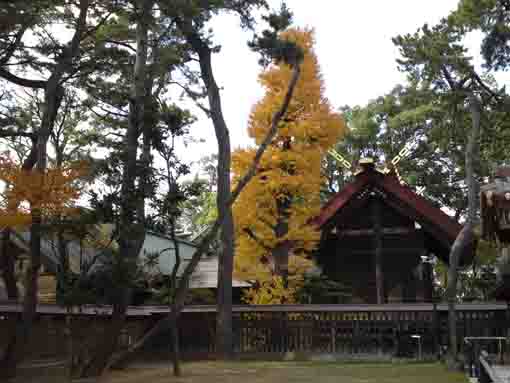
Oohi Jinja or Funabashi Daijingu is an old shrine standing in the business districts near Funabashi Station. In Katsushikaki, a guidebook describing Katsushika county in late Edo period, this shrine was called Yuhi Kotaijingu. Oohi Jinja is in a majestic scenery on a cross on between Narita and Kazusa Kaido Highway. It was said that this shrine had been built by the Prince Yamato Takeru on his march to the east provinces. And Nichiren, Ieyasu Tokugawa and many samurai worriers believed in this shrine. Now it had been built in the place where Irihi Jinja stands. Amaterasu Omikami, Toyouke Oogami, Hachiman Oogami and Kasuga Oogami are dedicated it, and it was entitled as the first shrine in Kanto Region. On the back of the main hall, there are a beautiful building called Tokiwa Jinja and a Lighthouse registered as a traditional asset of Funabashi City. Oohi Jinja Shrine is the wonderful shrine that visitors enjoy quiet and greenful environment. Why don't you visit it?
The History of Oohi Jinja (Funabashi Daijingu)
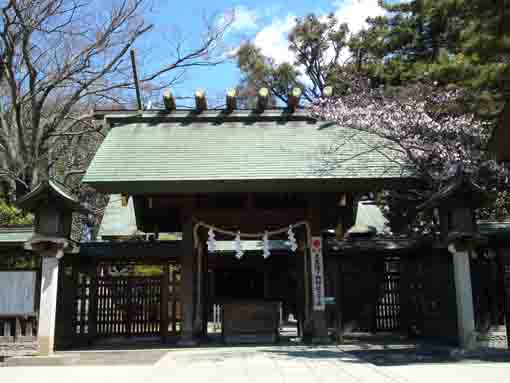
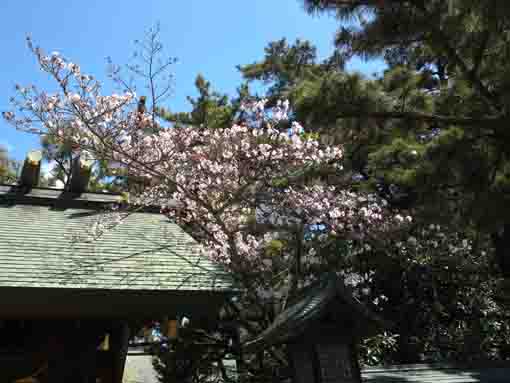
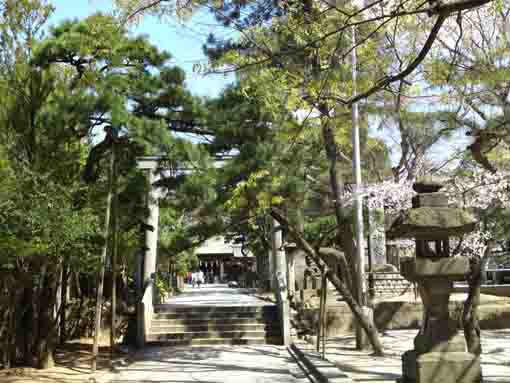
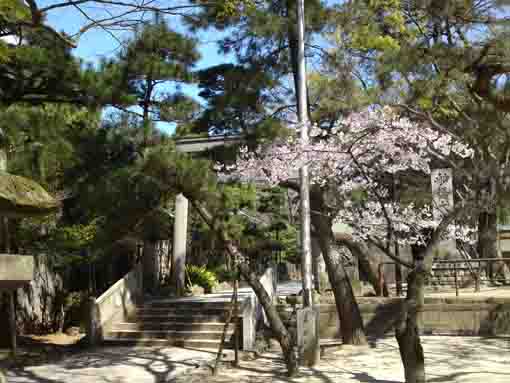
The History of Funabashi Daijingu (Oohi Jinja)
The 40th year in the reign of the Emperor Keiko, his son, the Prince Yamato Takeru reached to these areas and he built a shrine to dedicate the deity of Ise Jingu during his march to the eastern provinces. The 53rd year of the reign, the shrine was entitled 'Oohi Jinja' to praise the contributions of the prince by the Emperor when the Emperor tripped to the east.In the reign of the Emperoro Goreizei, in Tenki Era, Yoriyoshi and his son Yoshiie Minamoto repaired the buildings in this shrine. And in 1151, the government gave the right to control 6 villages to this shrine. Therefore, Yoshitomo Minamoto rebuilt the shrine. Moreover, this shrine was called 'Funabashi Daijingu' in the records at that time.
The venerable Nichiren, the founder of Nichiren Sect in Buddhism, went on a fast to pray for his sect expanding. And Ieyasu Tokugawa, the founder of Edo Bakufu, gave some lands and rebuilt the buildings in the site. The Emperor Meiji gave some donations to the shrine while his trip to Narashino and Sanrizuka in Chiba prefecture.
The most buildings in this shrine were lost in the fires of battles in the Meiji Restoration. The main hall was built in 1874, the haiden hall was in 1889, and other buildings were completed in 1923, 1963 and 1975 in each. The Lighthouse (Tomyo-dai) in the site was registered as a traditional asset of Funabashi City.
October 20th of 1981
From the priest of Oohi Jinja Shrine
意冨比神社拝殿脇石碑より
出典・抜粋・引用および参考
意冨比神社拝殿脇石碑
意冨比神社参道脇石碑
江戸名所図会6 ちくま学芸文庫
下総式社考
葛飾誌略
葛飾記
The Location and Access to Oohi Jinja Shrine
Oohi Jinja Shrine (Funabashi Daijingu Shrine)
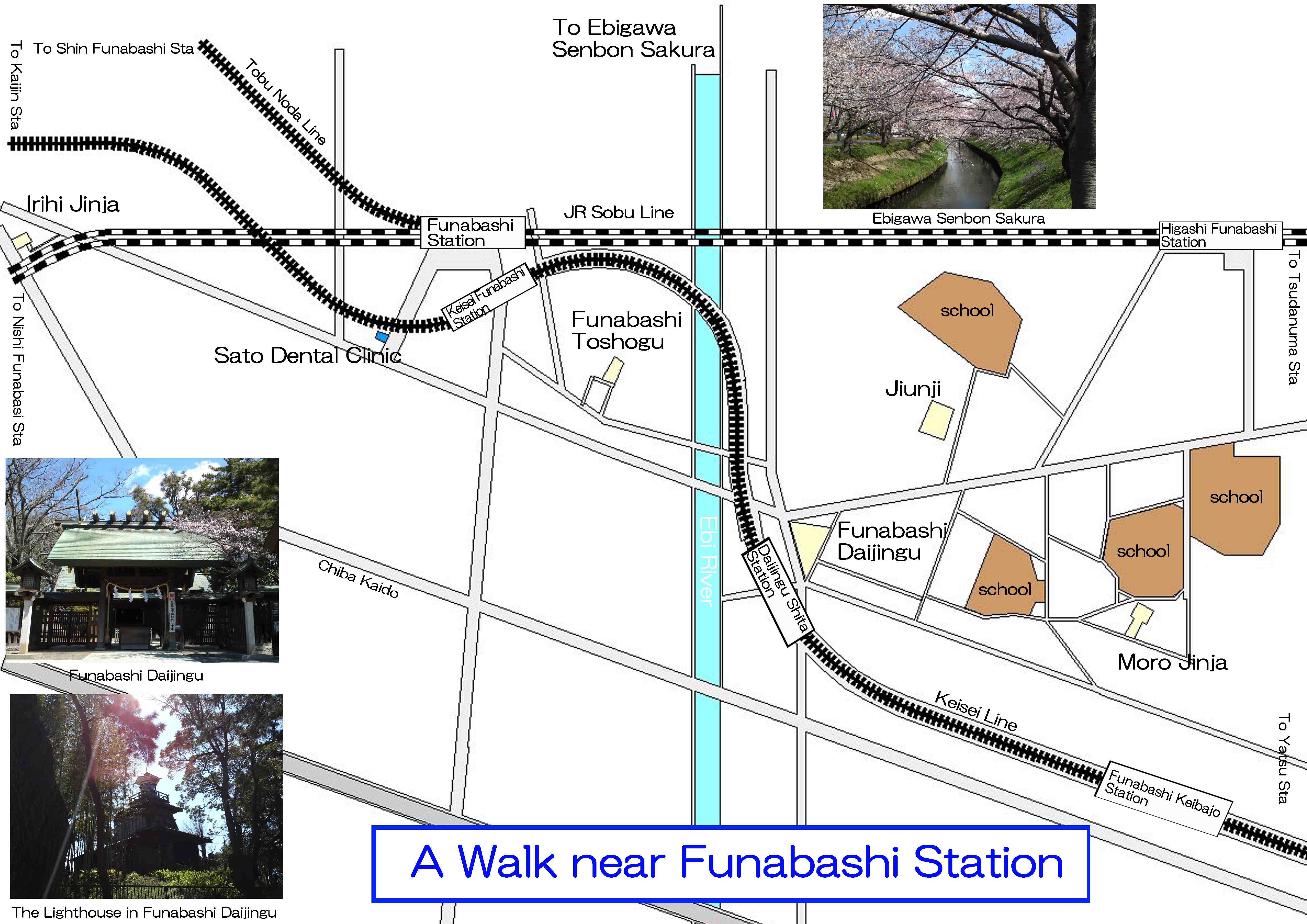
The map to the landmarks near Funabashi Station
The map to the noted spots near Funabashi Station- Oohi Jinja Shrine (Funabashi Daijingu Shrine) has great accessibilities from both Narita and Haneda International Airport.
- From Narita International Airport, take Keisei-line and get off Daijingu Shita Sta, take minimally 45 minutes from Narita Airport. And also take JR Sobu-express line, and get off Funabashi Sta.
- From Haneda International Airport, take Keikyu-line bound to Narita, and get off Daijingu Shita Sta.
- Take 1 minute walk from Daijingu Shitai Sta and take 13 minute walk from Funabashi Sta.
- 5-2-1 Miyamoto, Funabashi-shi, Chiba-ken
The Noted Spots in and near Funabashi Daijingu Shrine

Oohi Jinja (Funabashi Daijingu)
It was an old shrine built by the Prince Yamato Takeru.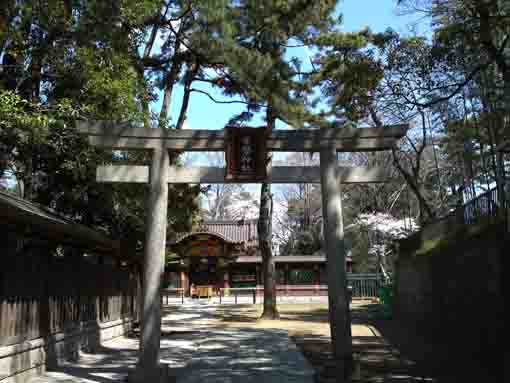
Tokiwa Jinja Shrine
It dedicates the Prince Yamato Takeru and Ieyasu Tokugawa.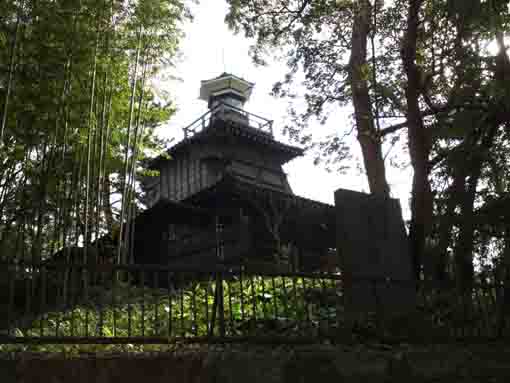
Tomyo Dai / the Lighthouse
It looks maginificent and strong like a Japanese Castle.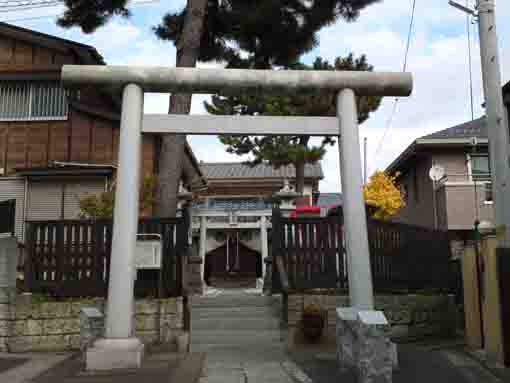
Funabashi Toshogu Shrine
It is the smallest Toshogu dedicating Ieyasu Tokugawa.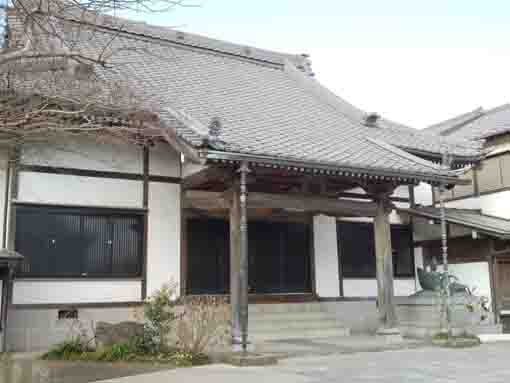
Taihouzan Jiunji Temple
The principle image of it said to be carved by Gyoki.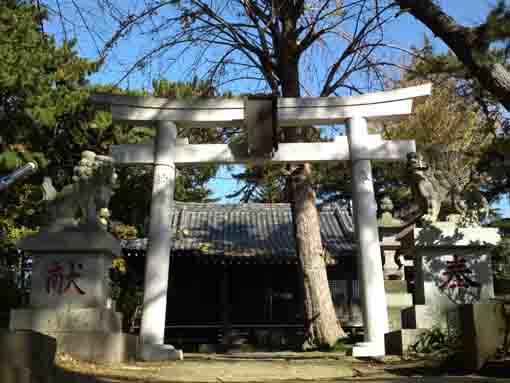
Moro Jinja Shrine
This shrine is appeared on the last page of Edo Meisho Zue.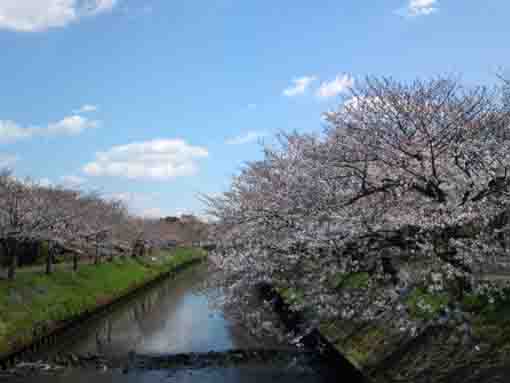
Ebigawa Senbon Sakura
Ebigawa is a popular spot for viewing cherry blossoms.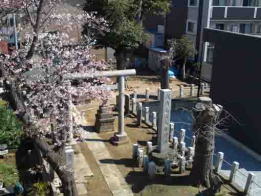
Irihi Jinja Shrine in Funabashi
This small shrine was built where Yamato Takeru had landed on.- 広告 Advertisement -
